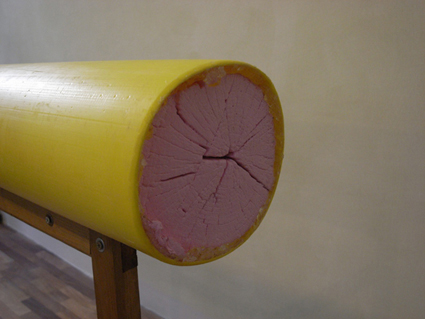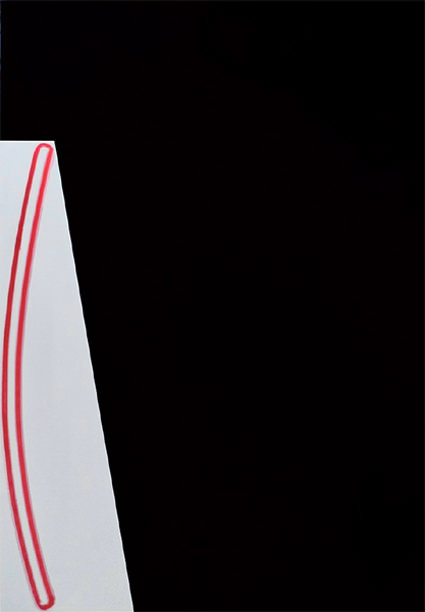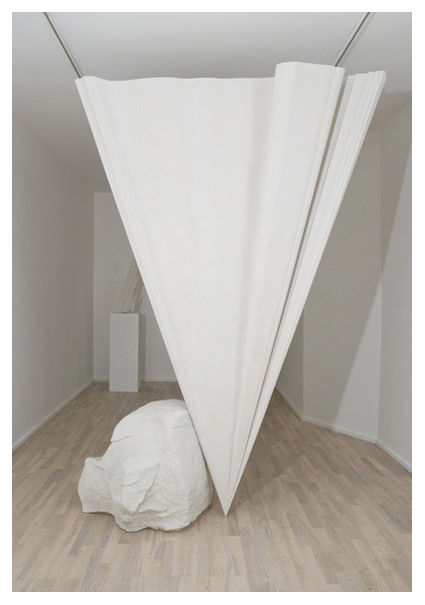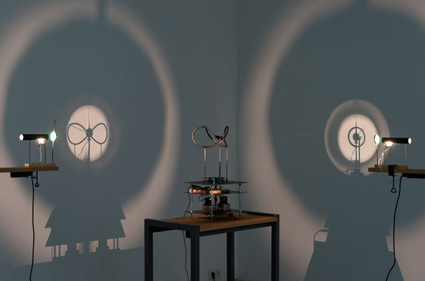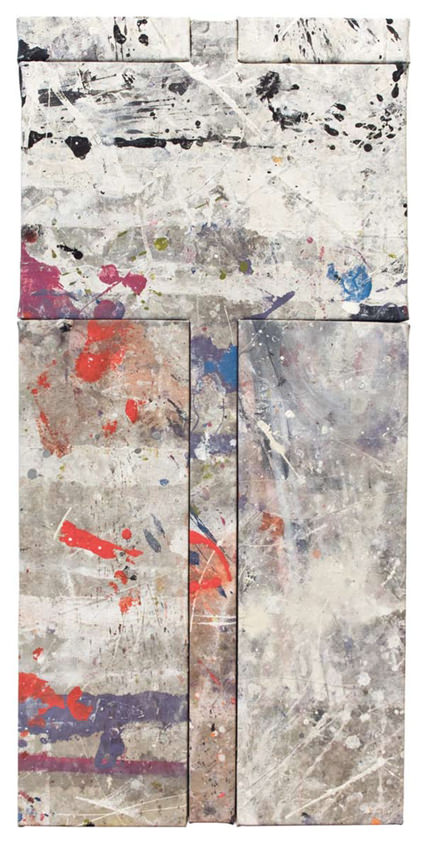JIMMIE DURHAM
2013-10-28The choice of Brussels for the opening of a second space was motivated by longstanding friendships, close relationships with collectors, museum directors and artists but is also linked to the development over the past years of the Belgian art scene and more particularly that of Brussels’s. The gallery will have the pleasure to initially present its European and American artists and to offer the opportunity for Belgian artists to use its space.
The sculptures and drawings that Jimmie Durham offers us provoke in us a desire for dialogue(s). Dialogues with banal objects, which are common or even neglected but unconsciously carry a story and/or a political reality close to that of the artist, unperceived at the first glance.
In fact, the works of Jimmie Durham are indefinable, cannot be categorised and carry on a conversation about their identity, their story, their “life.” The artist invites the objects he has found, for example, on long walks with his family and to his studio, plays with them before sending them back into the world in a new way.
Jimmie Durham tells us, “I would like to make art each individual thing there is, there would not be a time when you had to decide to keep it or throw it away. It seems to me one can do that sort of non-dictatorial thing by making things which don’t have to do with craftwork at all just intellectually join our normal physical world.”
Exhibition runs through to December 7th, 2013
Galerie Michel Rein Brussels
51A Washington Street
B-1050 Brussels
Belgium
